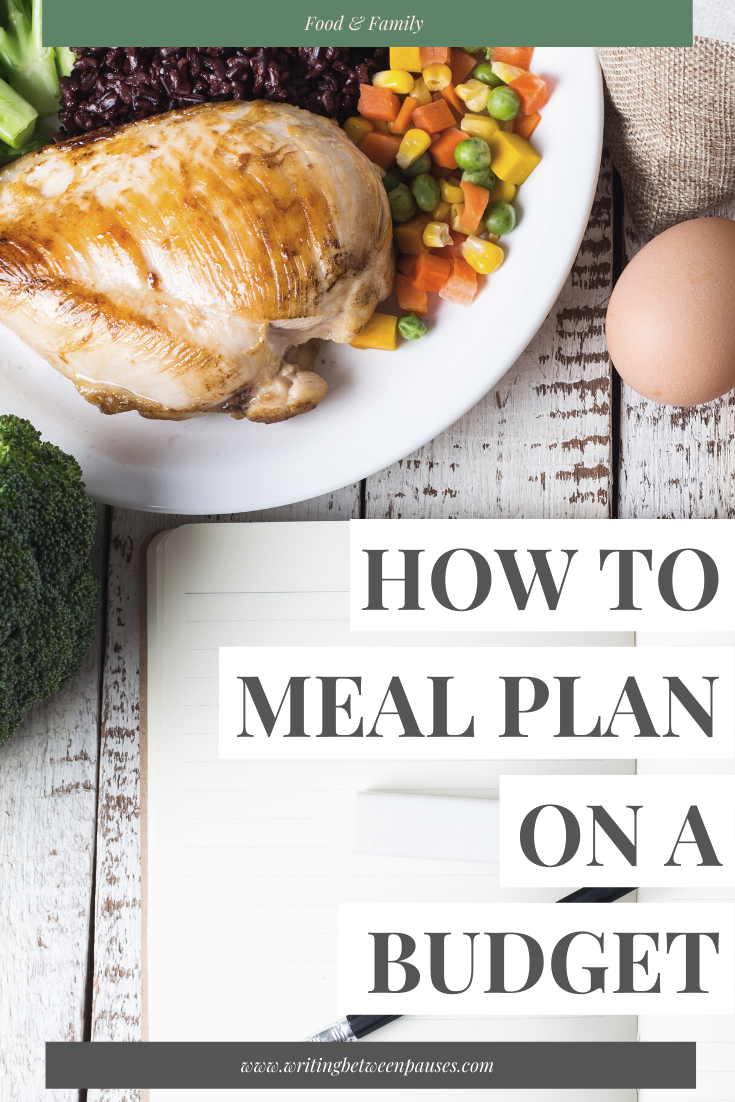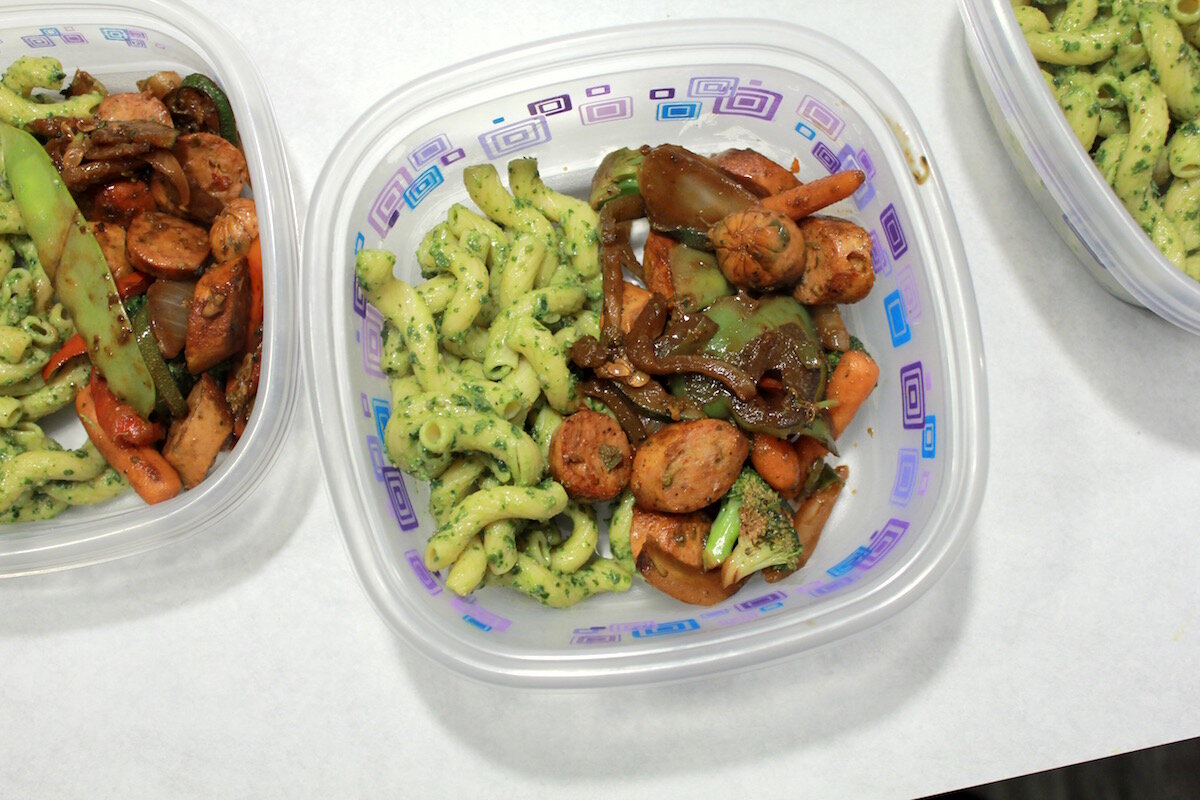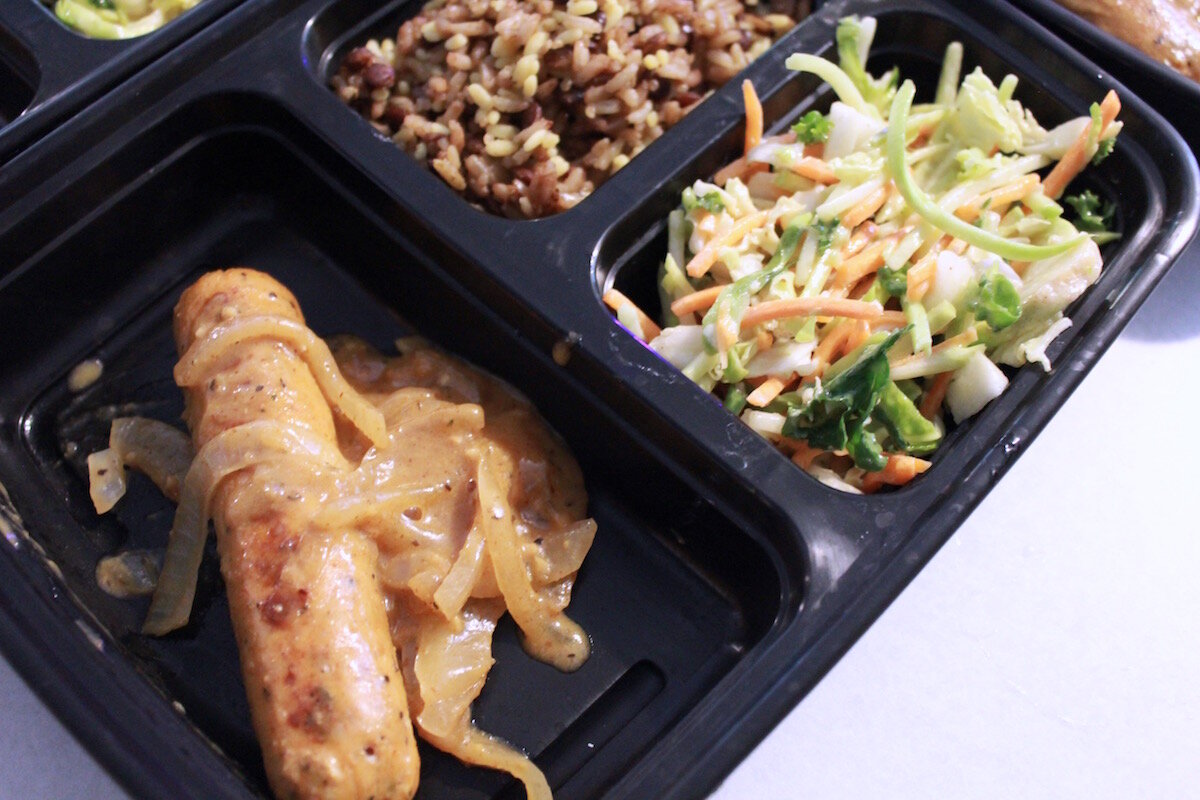I’ll be honest, y’all: the price of groceries currently has me shaken. For years, I’ve routinely spent about $75 a week at our usual grocery store, with 3 Hungryroot deliveries a month, a Costco trip every 6 weeks, and a few supplementary stops when needed. I don’t think we’ve ever spent more than $500 in a month on groceries. However, those $75 trips have become $100+ trips and our every-6-weeks Costco stock up that used to be $120 or so is now $200-300. We are routinely hitting $600+ on groceries every month and we’ve definitely scaled back.
It’s an incredibly stressful time for families. The rising cost of foods, especially specialty foods, means that lots of people are making difficult choices. Add in consistent supply chain issues and shortages (like the formula shortage) and families are continuing to shoulder an incredible burden, both financially and mentally each month.
This is a time where we can all help each other. Everyone probably has thought they’ve tried everything regarding food costs and cutting back—but there might be something they’re overlooking. There might be something I’m overlooking or something that you’re overlooking. Like I said: we all can help each other. If you have a great tip for cutting costs, drop me a line on Instagram @michellelocke6! I’d love to compile some of these tips into a post or IG story.
I have a few ways I’ve cut costs recently and I wanted to share. I like to think these tips can also be time-saving: i know for many families like mine, you’re working on a tighter budget, but without as much time to get the things you need. That means you don’t have time to run to a ton of different grocery stores or you might be trying to limit the amount of time you carry around, say, a newborn baby who is vulnerable to all the viral mess going around right now.
1. Use Ibotta.
Ibotta is basically a coupon app that gives you cash back when you shop at certain stores. In October alone, I earned almost $100 and since then have earned about $225 total. It’s not nothing. They pair especially with Walmart and Target, so I use the app mostly at those stores. There are often cash back offers on the same things every week (like my favorite brand of kombucha and tuna packets, two things I buy nearly weekly), but there are also often new offers, as well as bonus incentives. It’s a small way to get a little extra money back when you’re doing your weekly grocery shopping.
2. Find a grocery service you like.
The cost of grocery stores can be incredibly variable from city to city, town to town. For example, I think overall, stores like Albertson’s and Safeway tend to be more expensive, especially in smaller towns. The Safeway closest to me definitely charges a lot more for certain things than anywhere else. I used to exclusively shop at Safeway, because it was the most accessible store for me (specifically pre-pandemic). For a while, I switched to Fred Meyer, which has some fairly decent deals on certain things, but not on others—however, they offered grocery pick up during the pandemic, which wasn’t available at other stores.
However, I’ve recently switched to Walmart delivery for my groceries. My weekly shop at Fred Meyer had started to climb into the $150 a week territory—which I just couldn’t fit into our budget. Walmart is averaging about $100 a week for the same things (give or take on brands). Plus, I signed up for the Walmart+ service which offers free delivery, as well as additional cash back offers. I got a deal on it—it’s usually about $100 for a year of Walmart+, but I got it for $50 in October. Walmart is not my favorite grocery store and my local Walmart (in a small town) tends to have pretty limited stock—but it’s the most affordable store by far right now.
3. If you need a specialty diet, find an online service you like.
This is again very dependent on your budget and what you’re willing to pay. If you have a specialty diet, online delivery services like Hungryroot can be a great addition to your budget. One small box a month is $65 and gives you 33 credits to use: that can get you stocked up on lunch supplies, some produce, and a few extras. I find Hungryroot works best as a supplement to my additional groceries. If you’re curious about what I pick up, I do weekly Hungryroot hauls on my Instagram story!
If you’d like to try Hungryroot, you can still use my code PAUSES2021 for an additional amount off your first box. Definitely a great deal right now, even if you just want to try it once or twice!
4. Don’t hesitate to visit a food pantry.
You get what you give. Food pantries are designed to help everyone in need—and if you need just a little extra to stretch you to the next week for grocery shopping or the next paycheck, then food pantries are 100% something you shouldn’t be ashamed to use. They often have shelf stable products—like pastas, jarred sauces, and canned goods—that you can use to make some simple meals to get you through the week. They also often have breads and peanut butter, perfect for kid lunches or snacks.
There is no shame in using resources like these, especially when times are hard. And when things improve or when you have a little extra money, you can always give back to food pantries and help others in need—it’s a win-win situation.
Want some additional resources? I’ve got you:


















